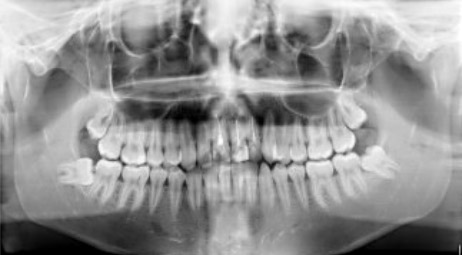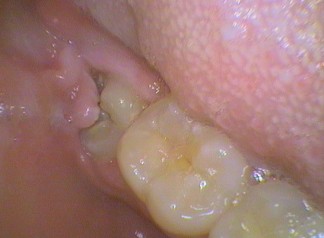Blog Series: Children Check-ups Throughout Their Ages – Part 2
Children Check-ups Throughout Their Ages – Part 3 – 7-11 years old
This stage is also called the mixed dentition stage. Baby teeth and adult teeth are combined to form a stable bite until the next stage of adult teeth start to come through. This lasts about 3 years.
This stage has three baby teeth for each quadrant of the bite, i.e. a baby tooth canine and two baby teeth molars. The rest are permanent teeth: central and lateral incisors and the six year old molars.
The permanent teeth start forming under the baby canine and the two baby molars as well as the 12 year old (or second molar) in the bone.

Children Check-ups Throughout Their Ages – Part 4 – 12-18 years old
The transition from baby to adult teeth is becoming complete. The second molars, sometimes called the 12 year old molars are the last teeth to come through for a while.
Early gum problems may start to happen through lack of care as parents may not be supervising the teenage kid anymore! Yes it’s that age. Sometimes getting them in for check-ups is a problem as well.
The decay risk can increase with the young adults having a greater access to sugars. Even though they have teeth that are stronger with fluoride, it is not indestructible! Enough sugar and lack of care will still do damage. This is more relevant at 18 years when they leave school and are more independent.

Children Check-ups Throughout Their Ages – Part 5 – 18 years old – Lower Wisdom Teeth
“The getting of wisdom” … maybe, but “The getting of wisdom teeth” is variable and sometimes not necessary.
The third molars usually come through at 18 years but they can vary from 16 years to the early 20’s. Often symptoms of the these teeth coming through, or erupting, are pressure on the adjacent teeth, headaches, sore muscles, food trap, difficulty opening the opening, sore throats, and even swellings.
They may not even exist in some people. However, often they are there but there isn’t enough room to enter the mouth at all. When this happens they are impacted.
Impacted teeth may remain within the bone or be completely covered by gum and not communicate with the mouth. Once the gum breaks down, even a small amount, bacteria can come into the space between the gum and the impacted wisdom tooth. Why? The gum does not adhere to the enamel of the tooth. So the gum (or operculum) gets irritated from the bacteria underneath, and that’s what causes pain and swelling. Removing the tooth removes the space and therefore a bacteria and food trap as well.

Need an Appointment?
If you’d like to book an appointment with the dentist at Seymour Dental then call us in Dulwich Hill, Sydney on (02) 9564 2397 or
contact us
Next week
Blog Series: Children Check-ups Throughout Their Ages - Part 3